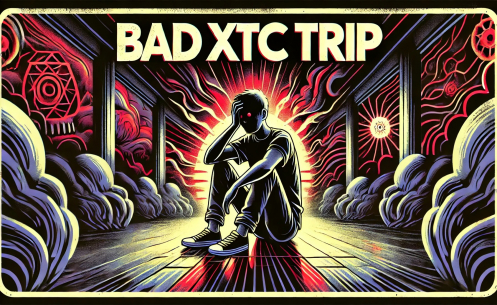Reading Guide
Today we are going to talk about something that anyone who uses XTC (also known as MDMA) would rather avoid: the bad trip. XTC is known for its euphoric effects, connectedness, and loving feelings. But sometimes this joyful journey can turn into something less pleasant – a bad trip. Whether you have experienced something like this yourself, or you want to prepare well, this article provides you with everything you need to know about an bad trip XTC and how to deal with it.
What is an XTC Bad Trip?
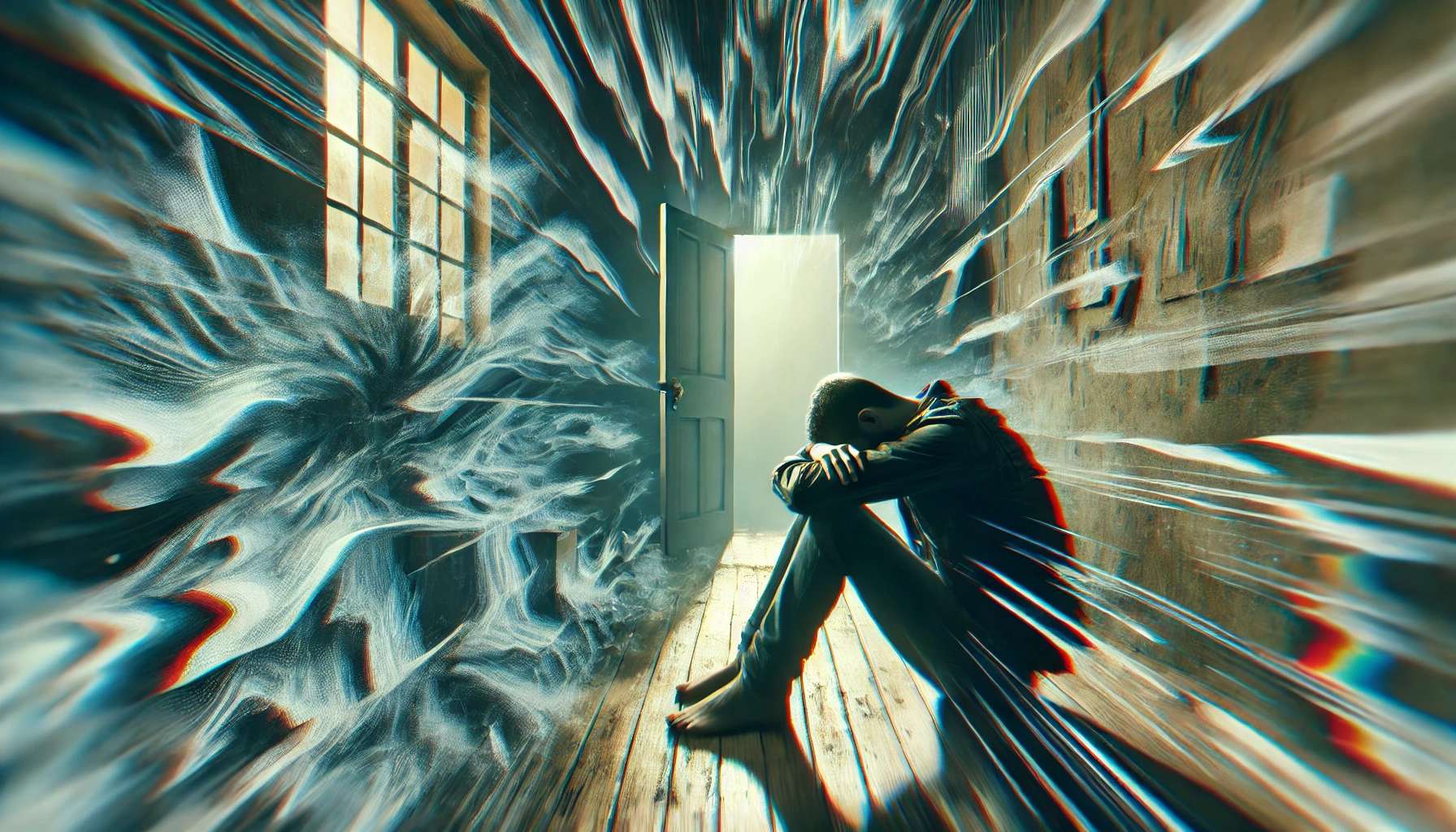
An XTC bad trip is a negative experience during the use of XTC. This experience can range from feelings of anxiety and confusion to a sense of isolation and even panic. It is important to understand that XTC amplifies your emotions, both positive and negative.
Tip: Remember that a bad trip is temporary and that you are not alone. Many others have experienced this too and have gotten through it.
Symptoms of an XTC Bad Trip
An bad trip XTC can have various symptoms. It is important to recognize these so that you can take action quickly:
- Anxiety and panic: An overwhelming feeling of fear that can suddenly arise.
- Overstimulation: Sensitivity to loud noises, bright lights, or busy environments.
- Paranoia: The feeling that others are talking about you or judging you.
- Physical symptoms: Nausea, vomiting, dizziness, palpitations, and trembling.
- Depressive feelings: Sudden despondency or sadness without clear reason.
Did you know? Nausea and vomiting often occur during a bad trip, as your body reacts to the substance.
How Much is a Safe Dose of XTC?
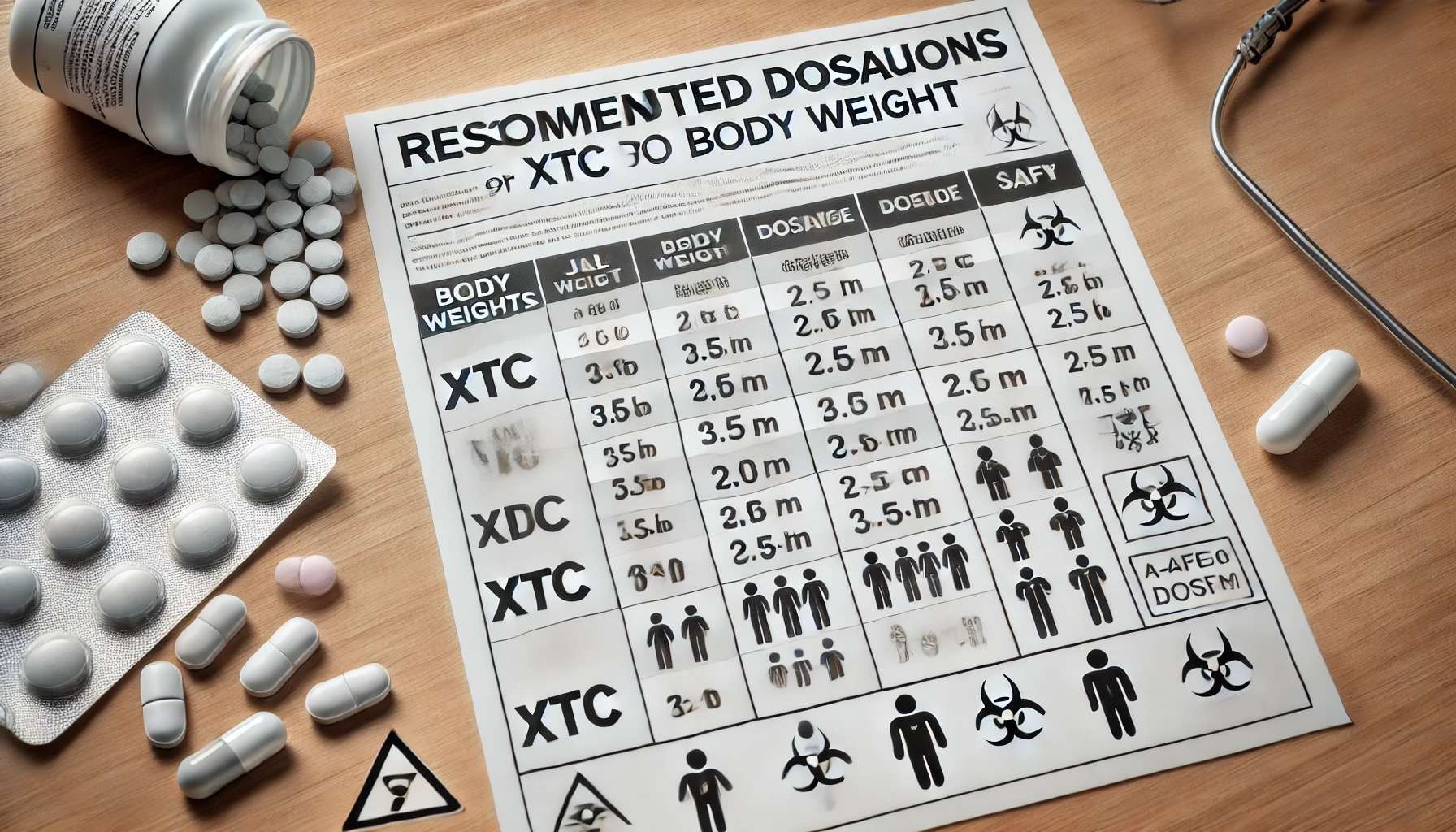
The dosage of XTC plays a crucial role in your experience. A safe dose is between 1 and 1.5 milligrams per kilogram of body weight. For someone weighing 70 kg, this amounts to approximately 70 to 105 mg. It is advisable to start with a lower dose, especially if you are inexperienced.
| Body Weight | Minimum Dose (1 mg/kg) | Maximum Dose (1.5 mg/kg) |
|---|---|---|
| 60 kg | 60 mg | 90 mg |
| 70 kg | 70 mg | 105 mg |
| 80 kg | 80 mg | 120 mg |
Important: Exceeding the recommended dose increases the risk of a bad trip and other health problems.
How Long Does an XTC Trip Last?
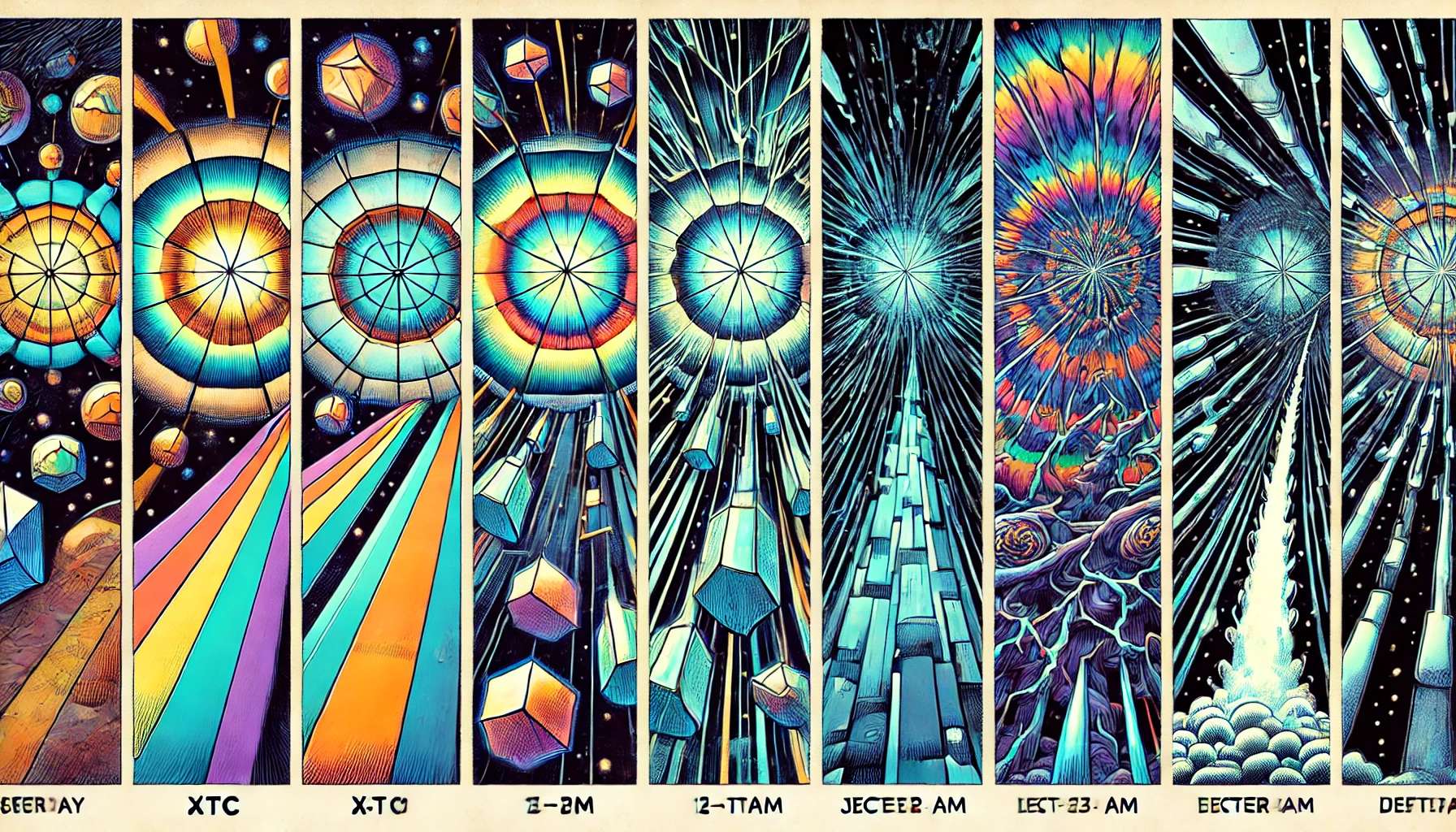
The effects of ecstasy usually begin within 30 to 60 minutes after ingestion and can last for 3 to 6 hours. A bad trip can last just as long, but the perception of time can be distorted, making it seem longer than it actually is.
What to Do During an Ecstasy Bad Trip?

If you notice that you are experiencing an bad trip XTC, it is crucial to know how to calm yourself and improve the situation. Here are some practical steps you can take:
- Keep reminding yourself that it is temporary: Repeat in your mind that the feelings you are experiencing, such as anxiety or panic, are temporary and will eventually fade away. It helps to use this as a sort of mantra.
- Find a safe, quiet place: If you are in a busy environment, leave it and look for a quiet place where you feel comfortable. Reducing external stimuli, such as loud music or bright lights, can help calm your senses.
- Focus on your breathing: Breathing deeply and slowly is a powerful way to calm your nervous system. Inhale through your nose while counting to four, hold your breath for a few seconds, and then exhale slowly through your mouth while counting to four again. This lowers your heart rate and relaxes your body.
- Try to find a distraction: Sometimes, it helps to focus your attention on something else, such as a calming activity, a positive memory, or a soothing song. Distraction can help your brain reduce negative feelings.
- Take good physical care of yourself: Drink small sips of water to stay hydrated, but do not force it. Too much water can cause discomfort. Also, make sure you are sitting or lying somewhere comfortable so your body can relax.
- Avoid attempts to suppress the experience: Try not to resist what you are feeling, as this can intensify the anxiety. Let the feelings come and go without judgment. Tell yourself that it is okay to feel these emotions and that they will eventually fade away.
- Do not take extra drugs or alcohol: It may be tempting to take something to feel better, but this can often worsen the situation. Stay in a safe environment and try not to make risky decisions.
- Think of positive memories: Try to recall a pleasant memory or think of someone or something that makes you happy. This can distract your mind from the negative feelings you are experiencing.
Tip: Listen to calming music or close your eyes to reduce external stimuli.
Why Can You Have a Bad Trip on XTC?
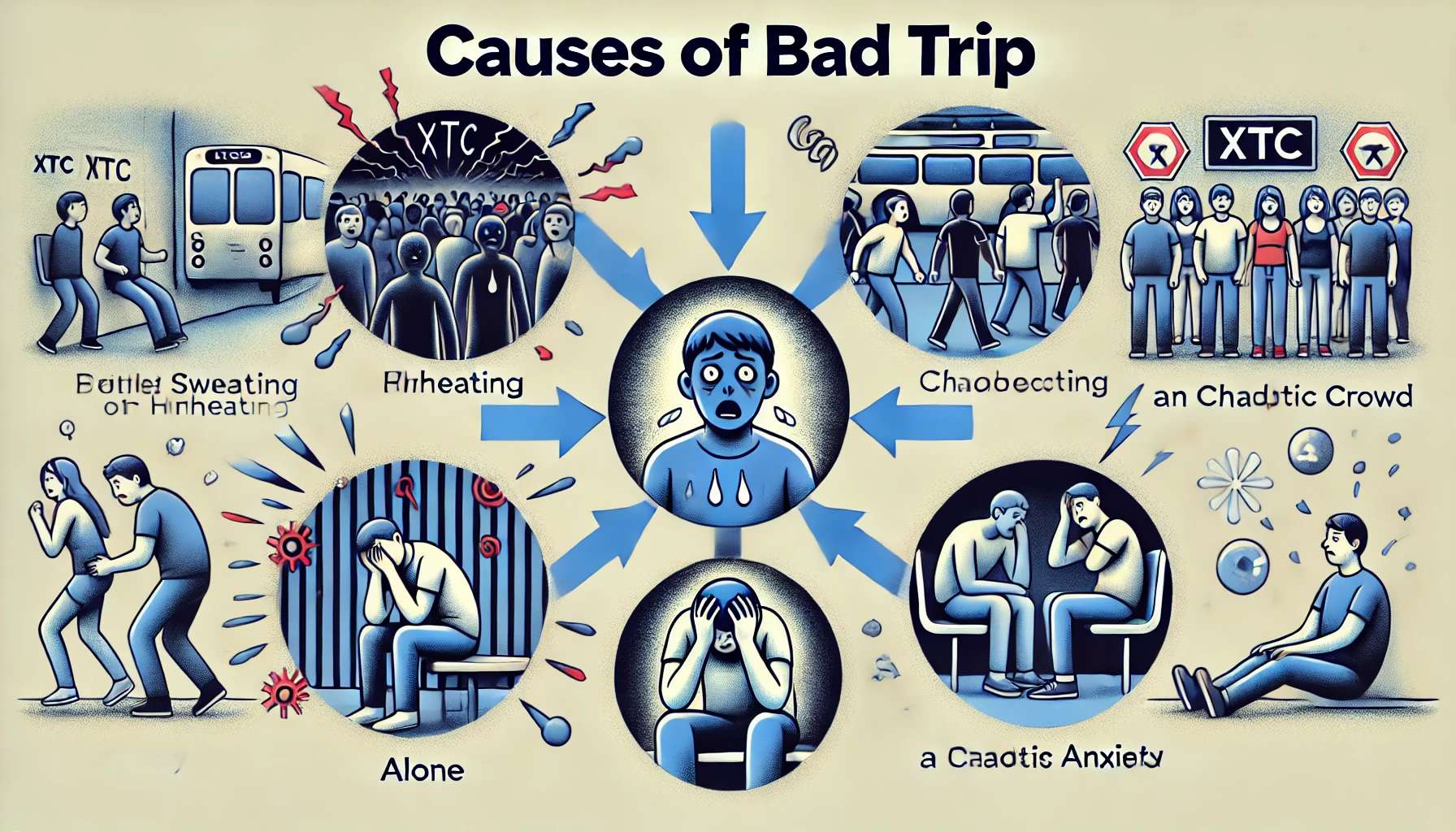
There are several factors that contribute to an bad trip XTC:
- Too high a dose: Taking more than your body can handle.
- Dehydration or overheating: Not drinking enough water or dancing too intensely without a break.
- Fatigue: Lack of sleep before or during use.
- Unpleasant environment: Crowded or unfamiliar places where you don't feel comfortable.
- Emotional state: Stress, anxiety, or depressive feelings prior to use.
How Can You Help Someone Who Is in an XTC Bad Trip?
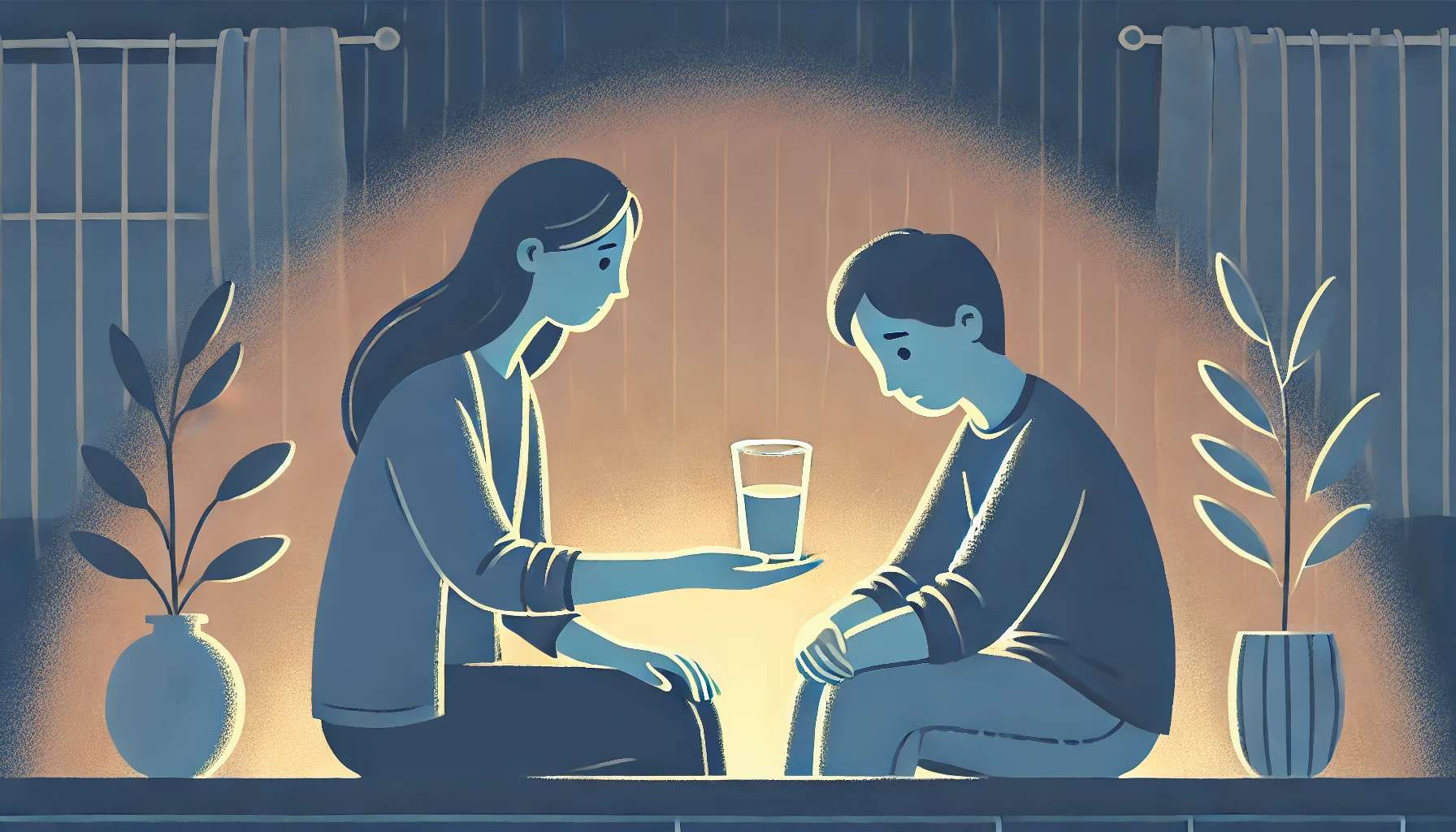
A person experiencing an ecstasy bad trip needs a reliable and calm companion, also known as a 'tripsitter'. As a tripsitter, you play a crucial role in supporting someone who feels lost, anxious, or confused. Here are some steps and tips you can follow to help someone going through a bad experience:
- Remain calm and patient: It is essential that you, as a tripsitter, stay calm regardless of how the person feels. Your energy directly impacts the experience of the other. Speak gently, with a soft and reassuring voice.
- Reassure and stay positive: Tell the person that what they are experiencing is temporary and that everything will eventually return to normal. Stay positive and encourage them to breathe calmly and focus on the moment.
- Physical distance and comfort: Respect the personal space of the person, but stay close so they know you are there. Ask if they would like to sit or lie somewhere comfortable and provide a blanket or pillow if it helps them feel safe.
- Reduce stimuli: Find a quiet place with low light and noise. Turn off loud music or bright lights, and avoid busy environments. If you are outside, go to a quiet area where you won't be disturbed.
- Listen actively and show empathy: Let the person talk and listen attentively without judging or interrupting. Sometimes people need to verbalize their fear or confusion, which can help them process their experience.
- Offer small sips of water: Make sure the person stays hydrated by offering them small amounts of water, but do not force it. Too much water can also cause discomfort.
- Be cautious with touch: If touch helps to reassure them, such as a gentle hand on the shoulder, ask if this is desired. It is important to avoid unexpected touches that could startle the person.
- Encourage deep breathing: Guide them through simple breathing exercises. For example, have them breathe in deeply through the nose, hold their breath for a moment, and then slowly exhale through the mouth. This can help lower the heart rate and promote calmness.
- Assure the person that you will stay: Explicitly state that you will stay with them as long as they need you and that you are there for them. Repeat this reassuringly, especially if they feel lonely or scared.
- Know the limits of your help: If the situation worsens or the person shows concerning physical symptoms, such as a rapid heartbeat, severe shaking, or loss of consciousness, do not hesitate to seek professional medical help.
Tip: As a tripsitter, it is not your job to 'save' the experience, but to be a safe and supportive presence. Trust, patience, and empathy are your main tools.
Preventing an Ecstasy Bad Trip
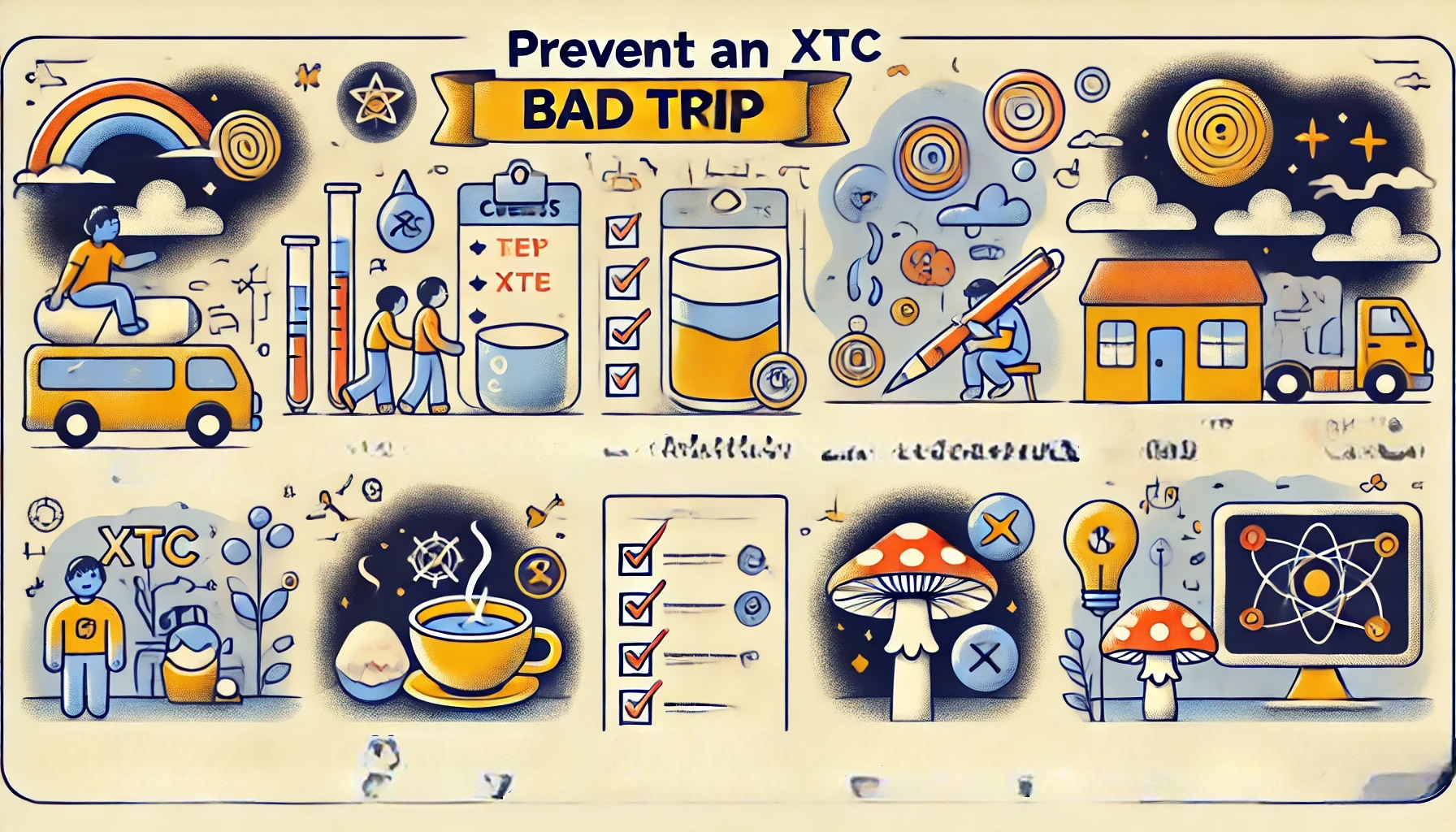
You can reduce the chance of a bad trip by following these tips:
- Check your dose: Stick to the recommended amount.
- Test your pill: Use a test kit to check the purity and contents.
- Healthy lifestyle: Make sure to get enough sleep and eat healthily before using.
- Safe environment: Use in a familiar setting with people you know.
- Hydration: Drink small amounts of water regularly.
Did you know? Combining ecstasy with other substances, such as alcohol, increases the risk of a bad trip.
Can You Get Stuck in an Ecstasy Bad Trip?
A common fear is that you will get stuck in a bad trip forever. Although the effects of ecstasy usually wear off within 6 hours, some negative feelings can last longer. This is often the result of exhaustion or emotional strain. In rare cases, long-term psychological issues can occur. If you still don’t feel well after a few days, it is advisable to seek professional help.
Recovery and Self-Care after an Ecstasy Bad Trip

After a bad trip, it is important to take good care of yourself:
- Sufficient rest: Give your body and mind the time to recover by getting good sleep.
- Healthy nutrition: Eat nutritious meals to restore your energy levels.
- Physical activity: Exercise regularly to release endorphins.
- Talk about it: Share your experience with friends or a professional.
- Avoid stimulants: Steer clear of alcohol and other drugs for a while.
Summary and Tips
An ecstasy bad trip can be an overwhelming and frightening experience, but with the right knowledge and preparation, you can reduce the risks and handle the situation better when it arises. Remember that it is important to manage your dose, use in a safe environment, and take good care of yourself and others.

